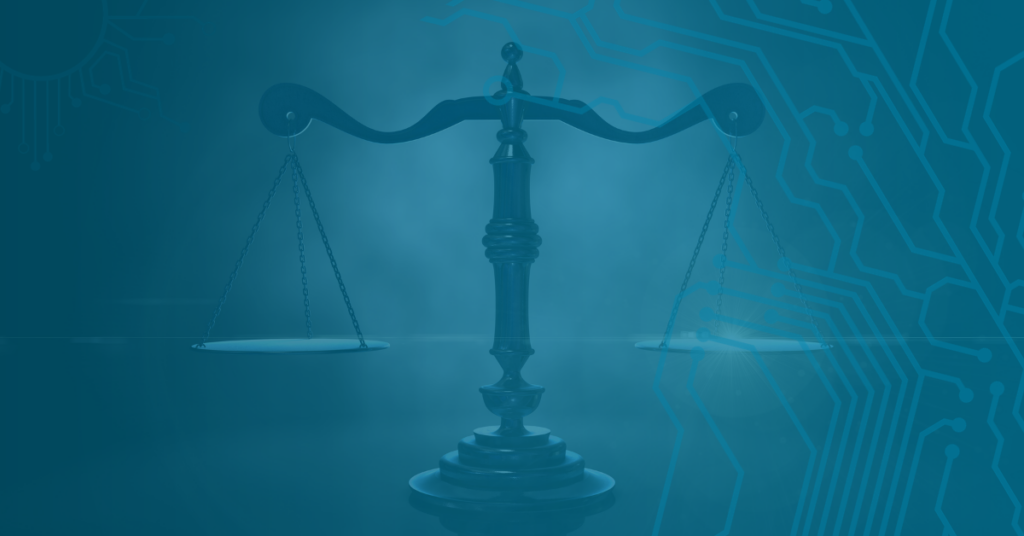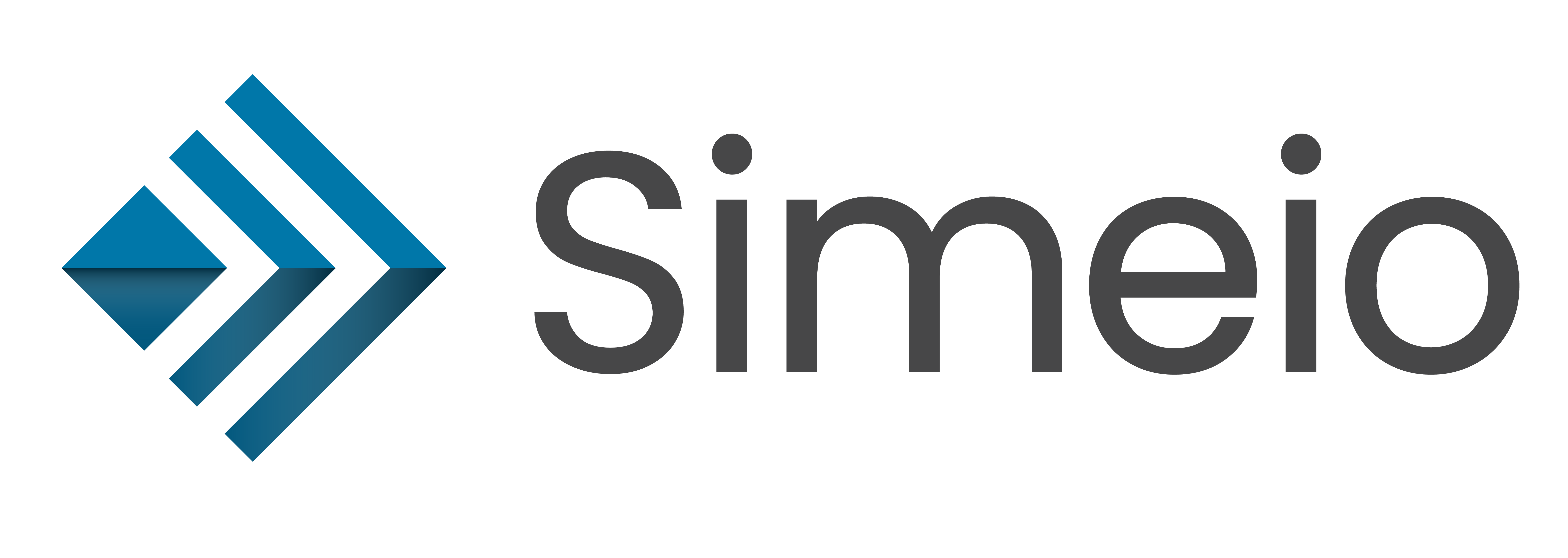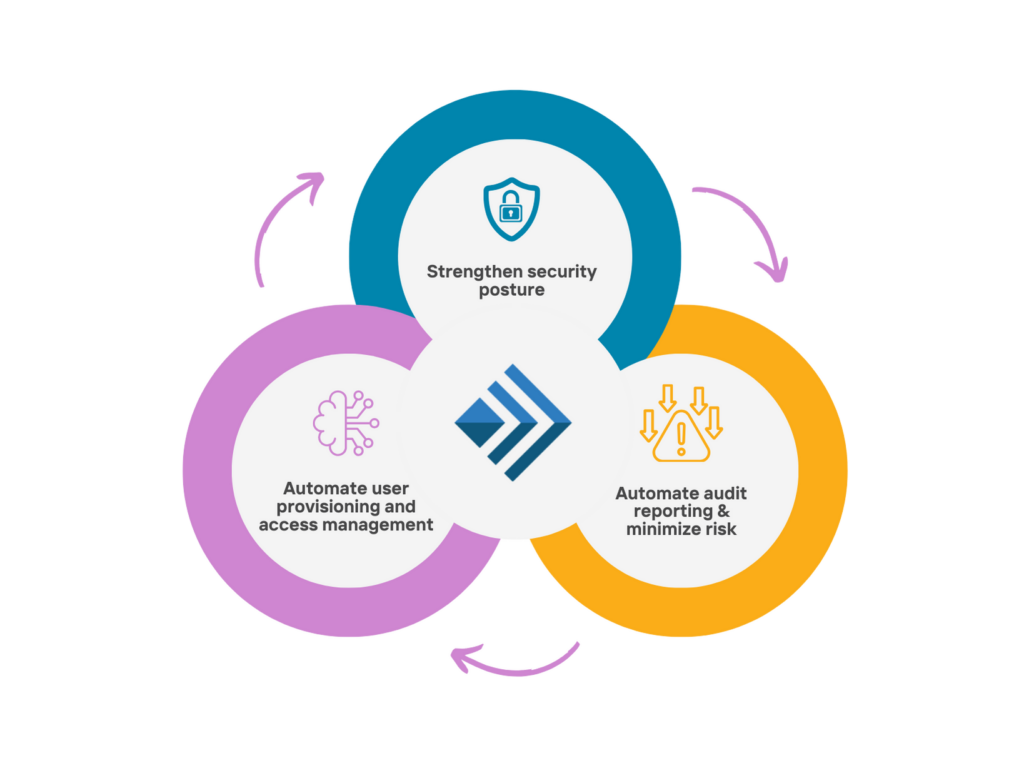
Too often, corporate decision-makers see the subject of IAM as too impenetrable. They believe it is too technical to invest in. The ever-looming threats of cybercrime and the potential ROIs from optimizing identity management hang like a dagger and a garland over their heads. Yet executives lack the insight necessary to make an informed call. Digital identity orchestration platforms seek to remedy this disconnect.
By packaging and commoditizing identity management within an easily digestible user interface, IO. Whether a business needs to control their customer accounts, partner profiles, or employee data, an orchestration platform enables them all.
Identity Orchestration is nothing less than the unification of an enterprise’s identities into a single platform. This enables greater accessibility for users and promotes user trust in your digital identities. Without orchestration, separate applications manage domains such as CIAM, IGA, and PAM. By restructuring these applications under a single viewport, enterprises no longer need to worry about juggling between apps. This makes identity management more cost-effective and efficient.
The Right Digital Identity Orchestration Tools
Implementing an Orchestration platform within your enterprise starts with a full assessment of your existing identity tools. During this assessment, your IAM service provider selects the appropriate IAM tools and technologies that align with your organization’s requirements and budget. This most likely means cutting out extraneous or under-utilized applications and substituting in better performing and cost-effective options.
However, simply curating applications is not transformative. Orchestration takes those siloed systems and integrates them with each other. In doing so, the applications enhance each other’s functions rather than interfere with them. Onboarding and offboarding users, integrating new applications, and enforcing security policies are unified into a single efficient platform. Instead of juggling multiple conflicting tools, users can operate across their entire identity fabric from a single point of contact.
Governance Structure in Identity Orchestration
Identity orchestration establishes a governance structure for how identities are used. These include roles, responsibilities, and processes. Many embarrassing data breaches result from a lack of proper perimeters around sensitive identities. Human error, specifically regarding compromised credentials, accounts for 44% of all data breaches according to a 2023 Verizon report. However, combating this vulnerability through onerous authentication protocols makes your interface cumbersome and difficult to use.
Orchestration avoids the problem through automatic security policy enforcement, with the system checking if the person requesting access has the appropriate permissions to do so. This system strictly outlines the proper use cases for company resources, allowing users to freely access appropriate data and applications with minimized the risk of abuse. Any deviations from those policies are flagged, reported, and even halted by the system, stopping potential breaches before they happen. When paired with zero-trust-based systems like adaptive multi-factor authentication and single-sign on, your business fortifies a perimeter around each individual identity, greatly reducing the chance of a breach.
Performance and Usage Monitoring
Another layer of ongoing security and ease of use supports the enforcement of entitlements around privileged identities: monitoring. Yet, while a live customer support service from your orchestration provider is certainly helpful, the thrust of IO monitoring comes from the platform itself. Active and automatic monitoring of your identity orchestration fulfills two crucial functions.
First, orchestration keeps a close eye on everything that happens within your systems. Thus, you always know who is accessing what. This is vital for isolating breaches before they become disastrous. Additionally, orchestration curates orphaned accounts (identities which are unused but retain abuseable access). The automatic governance systems discussed above provide a good deal of protection. However, the ability to remediate breach events is equally critical. Many companies don’t consider cybersecurity until after a breach has occurred. Fewer still think about recovery strategies. Yet, without an action plan before a breach, enterprises are hard-pressed to take effective steps towards remediation. Consequently, they suffer the worst of what a breach can inflict.
Secondly, the metrics gathered by an orchestrator greatly aid your needs for evaluation and compliance. With the proper monitoring capabilities in place, your enterprise can chart precise numbers on how well your platform is performing, giving you data-driven information on your ROIs. Additionally, because the system precisely records every action taken within, you are always paying forward your next audit. By collecting and recording usage data on all your identities, you can easily satisfy the needs of otherwise onerous regulations and compliance.
Digital Identity Orchestration is the Way Forward
Customer acquisition and retention becomes more challenging while cyber risks continue to grow. As such, enterprises must quickly adopt solutions appropriate for their identity and access needs. Identity orchestration has emerged as the only solution on the market which delivers on both fronts. Better user experience through optimized applications. Stronger security via automatic policy enforcement. One unified solution to handle both.

